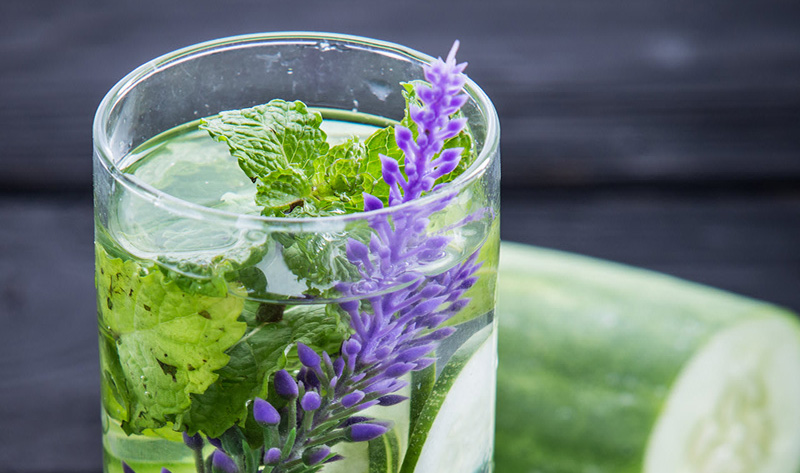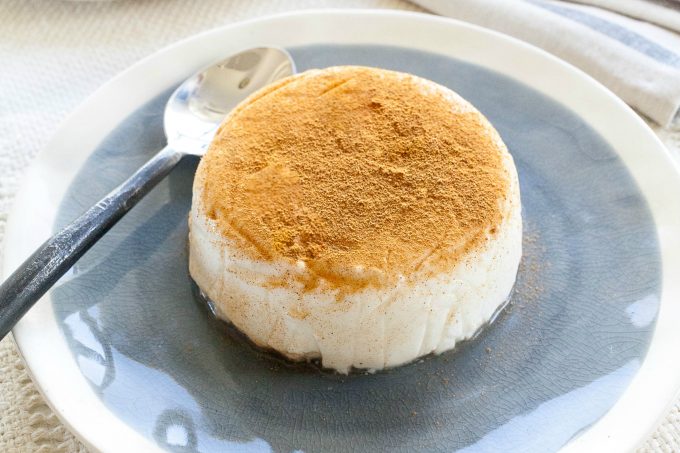According to the American Optometric Association, conjunctivitis (commonly called “pink eye”) is an infection of the conjunctiva, a layer of protective tissue that covers the inner eyelid and the white of the eye. Characterized by redness and inflammation, most notable in the whites of the eyes and the membranes on the inner part of the eyelids; conjunctivitis or pink eye can be caused by a viral or bacterial infection, as well as a number of irritants such as pollen, smoke, dust, and certain chemicals. Conjunctivitis is an extremely common bacterial infection, especially among children and individuals that work in highly contagious environments, such as health care settings and child care. Approximately 64% of bacterial conjunctivitis cases occur in individuals under 19 years of age.
A stye, or a hordeolum, is a small bump in the eyelid caused by the infection of an oil gland. A stye can cause a buildup of material at the site of the infection, leading to a larger bump known as chalazion. Chalazions may eventually interfere with vision if the infected bump becomes grows large enough. Styes are a very common occurrence, and most resolve on their own. Most people will develop a stye at some point in their life.













